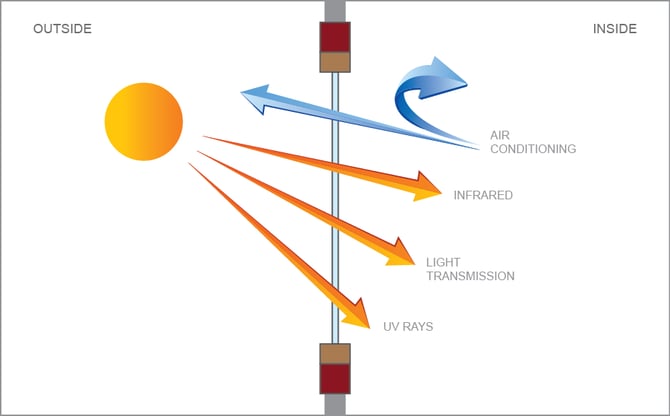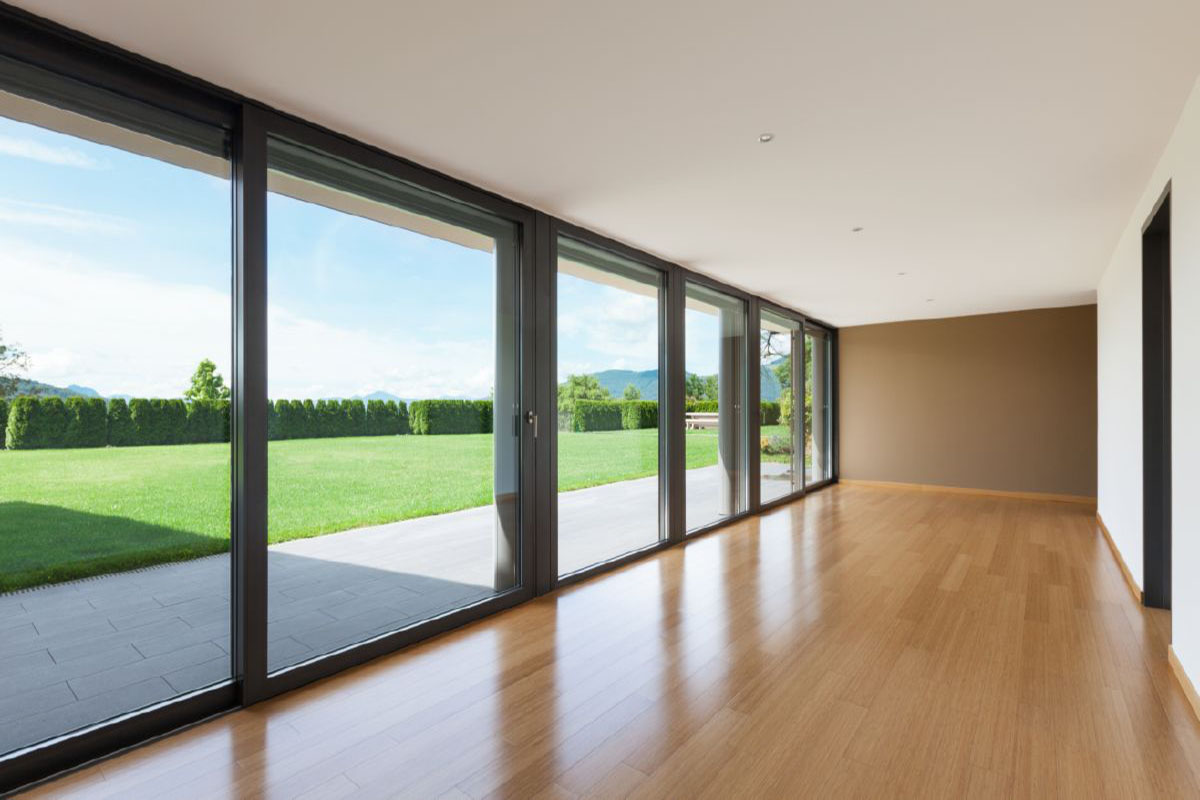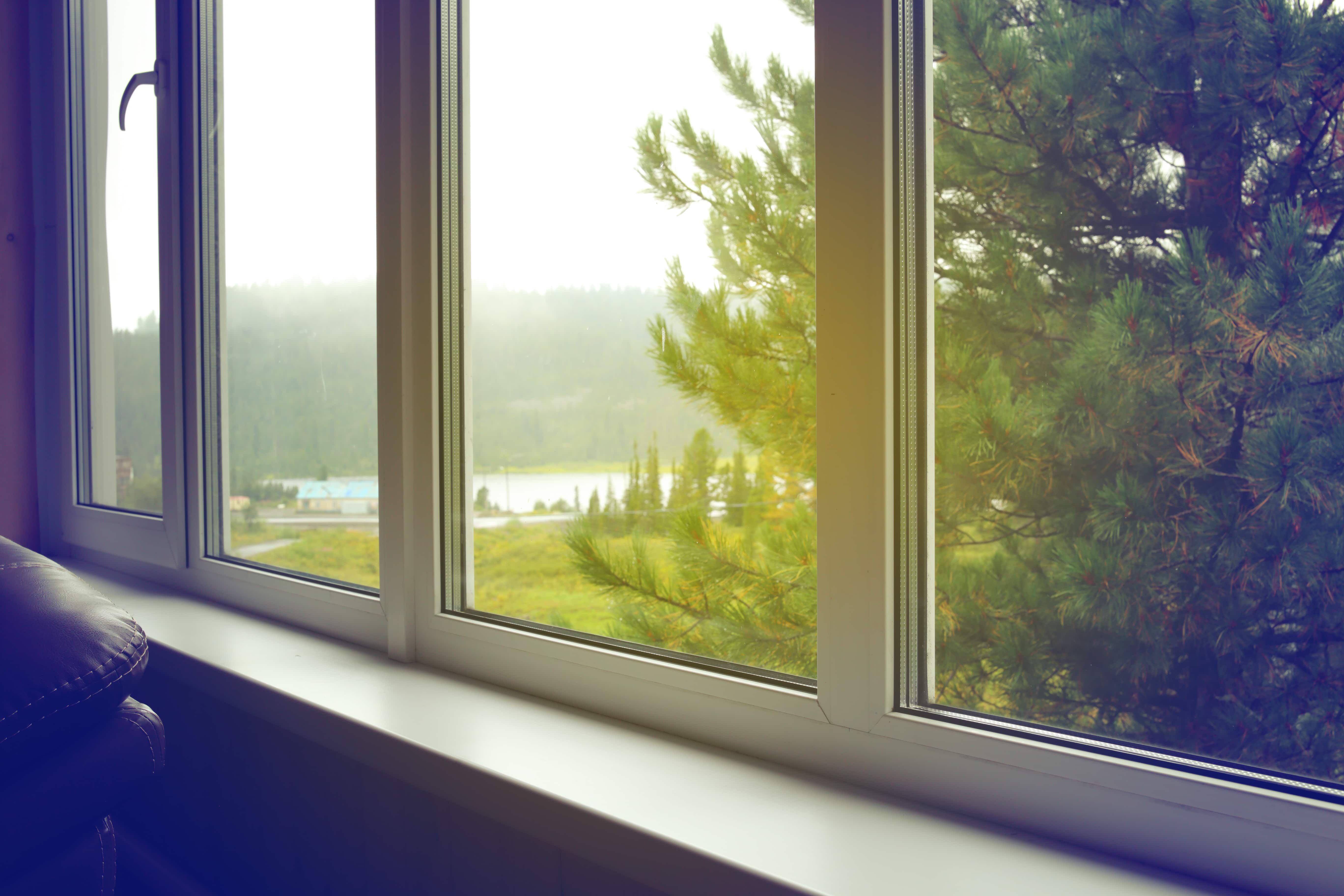All Categories
Featured
Table of Contents
Which Double Glazing Company Is The Best? in Maddington Perth
Glazing just implies the windows in your house, consisting of both openable and fixed windows, as well as doors with glass and skylights. Glazing really simply implies the glass part, but it is generally utilized to refer to all aspects of an assembly including glass, films, frames and furnishings. Taking notice of all of these aspects will assist you to attain reliable passive style.

Energy-efficient glazing makes your home more comfortable and significantly decreases your energy expenses. Nevertheless, inappropriate or poorly created glazing can be a major source of unwanted heat gain in summer and considerable heat loss and condensation in winter. As much as 87% of a home's heating energy can be acquired and approximately 40% lost through windows.
How To Retrofit Your Windows With Double Glazing, And Keep ... in Forrestdale Perth
Glazing is a substantial investment in the quality of your home. The cost of glazing and the cost of heating and cooling your home are carefully related. A preliminary financial investment in energy-efficient windows, skylights and doors can greatly reduce your yearly heating and cooling expense. Energy-efficient glazing likewise lowers the peak heating and cooling load, which can reduce the required size of an air-conditioning system by 30%, leading to further cost savings.

This tool compares window selections to a base level aluminium window with 3mm clear glass. Comprehending a few of the essential residential or commercial properties of glass will help you to pick the finest glazing for your home. Key homes of glass Source: Adjusted from the Australian Window Association The quantity of light that passes through the glazing is understood as visible light transmittance (VLT) or visible transmittance (VT).
Carnegie 3163, Vic. Amazing Service By Aps Double Glazing in Beaconsfield Perth
This may lead you to change on lights, which will result in higher energy expenses. Conduction is how easily a product carries out heat. This is called the U worth. The U value for windows (expressed as Uw), explains the conduction of the entire window (glass and frame together). The lower the U worth, the higher a window's resistance to heat flow and the much better its insulating value.
If your home has 70m2 of glazing with aluminium frames and clear glass with a U value of 6. 2W/m2 C, on a winter's night when it is 15C colder outside compared to indoors, the heat loss through the windows would be: 6. 2 15 70 = 6510W That is equivalent to the total heat output of a big room gas heating system or a 6.
Keeping Your House Cool In The Summer in Shelley Perth

If you pick a window with half the U worth (3. 1W/m2 C) (for instance, double glazing with an argon-filled space and less-conductive frames), you can halve the heat loss: 3. 1 15 70 = 3255W The solar heat gain coefficient (SHGC) for windows (expressed as SHGCw) determines how readily heat from direct sunlight streams through a whole window (glass and frame together).
The lower a window's SHGC, the less solar heat it transfers to the house interior. Glazing makers declare an SHGC for each window type and design. However, the actual SHGC for windows is impacted by the angle that solar radiation strikes the glass. This is referred to as the angle of incidence.
Is Double Glazing Worth It? in Churchlands WA
When the sun is perpendicular (at 90) to the glass, it has an angle of incidence of 0 and the window will experience the maximum possible solar heat gain. The SHGC stated by glazing producers is constantly calculated as having a 0 angle of incidence. As the angle increases, more solar radiation is shown, and less is transferred.
Latest Posts
Pros And Cons Of Argon Gas In Windows in Ridgewood WA
Does Double Glazing Have A Vacuum? in Shoalwater WA
Double & Triple Glazing Windows In Warwickshire in Perth